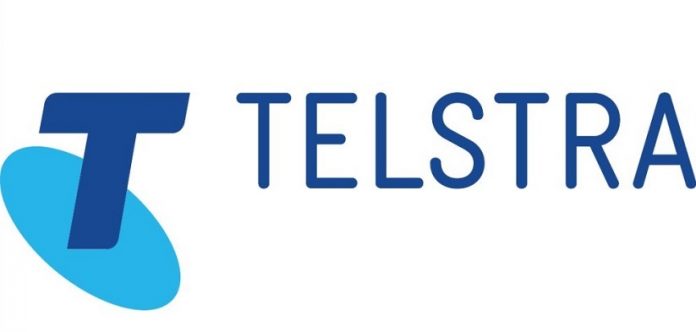Telstra and Rabobank Australia & New Zealand Group today announced a multi-million dollar digital transformation deal that will see over 90 Rabobank branches and two data centers across Australia and New Zealand upgraded to Telstra’s SD-WAN solution.
The deal, which also includes Telstra Internet Direct and Telstra Global Internet Extension, forms part of Rabobank’s regional digital transformation agenda and supports the bank’s commitment to its rural customers and communities.
As the world’s leading agribusiness bank and one of Australia’s largest rural lenders, the solution will help Rabobank service its regional customers more effectively and deliver continued service improvement.
Rabobank Australia & New Zealand Chief Operating Officer Andrew Vickers said: “Rabobank has a long-standing partnership with Telstra which aids in our ability to implement our key strategic priorities across Australia and New Zealand.”
“This new SD-WAN solution will provide more speed and agility, creating better experiences in our branch operations to enhance customer service for the regional community.”
The deal includes a VeloCloud SD-WAN capability which will benefit Rabobank’s operational agility, improve application performance, and increase overall bandwidth. Fiber internet with higher bandwidth will also replace legacy copper footprint in 93 sites providing connectivity for key branch operations.
The digital transformation of Rabobank’s network will enable the bank to gain increased access to business applications, evolve its network operations and legacy infrastructure, and deliver better customer experiences.
“Our end-to-end managed service makes it possible for Rabobank to deliver operational excellence to its regional customers, both today and in the future,” stated Jim Clarke, Director, Global Connectivity, Telstra Enterprise.
“This is part of our ongoing commitment to collaborate closely with our customers so they are able to implement technologies to reach and better connect with their own customers,” Clarke added.
The rollout is expected to take six months with a significant number of branches operating on the new network within the next three months.










